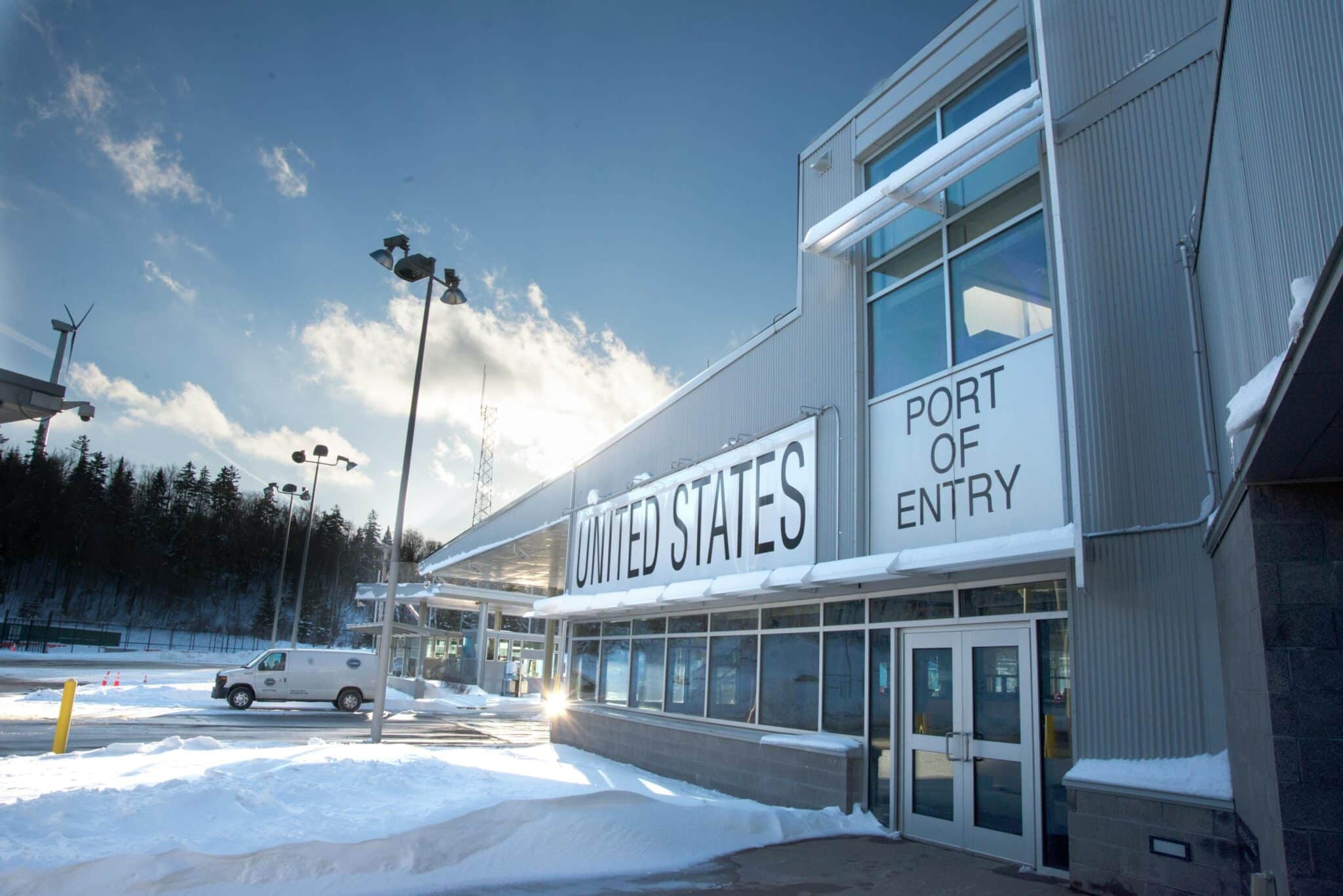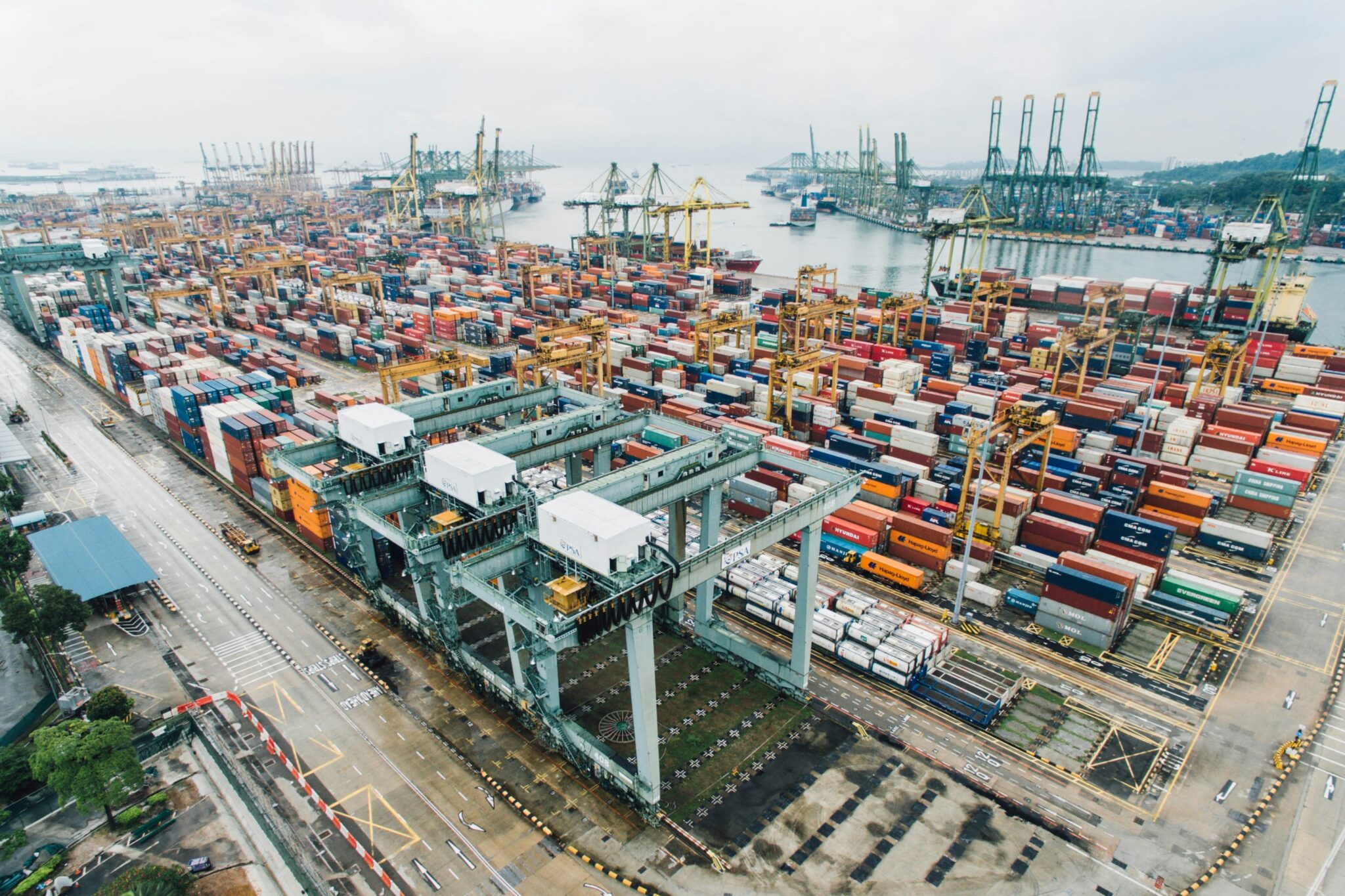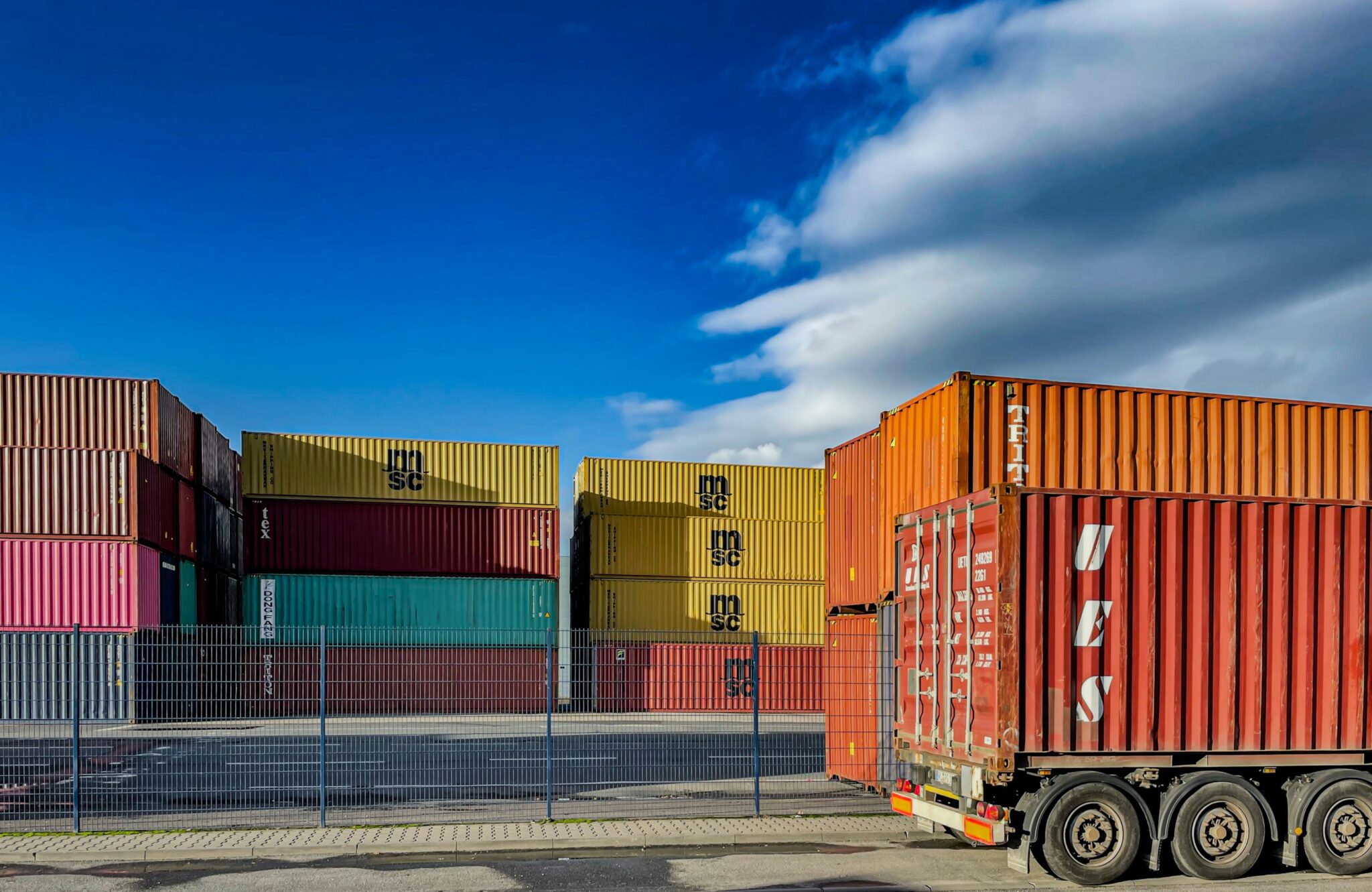
In a recent border seizure, thousands of counterfeit Crocs were intercepted before they could reach the market. According to US Customs and Border Protection (commonly referred to as “CBP”), the counterfeit Crocs have a retail value of $575,000. This incident highlights the ongoing battle against counterfeit and pirated goods and the importance of trademark protection.

In its press release, US Customs notes that “CBP has the authority to detain, seize, forfeit, and ultimately destroy imported merchandise if it bears an infringing trademark or copyright that has been registered with the United States Patent and Trademark Office or the United States Copyright Office and has subsequently been recorded with CBP through the e-Recordation program.”
For brand owners, border protection is the first line of defense to protect against fake and infringing goods from entering the marketplace. Many brand owners do not take active steps to enforce this until the problem is already out of control and the products have flooded the US market. By then the cost of enforcement has increased.
The Threat of Counterfeit Goods

Counterfeit goods pose a significant threat to legitimate businesses, consumers, and national security. They not only damage a brand’s reputation and erode consumer trust, but they can also lead to significant financial losses. In the case of footwear, counterfeit products may also raise safety concerns, as they may not adhere to the same quality and safety standards as genuine products. Border protection is an issue of significance to national security as well.
How Customs Registration Can Help

One powerful tool in the fight against counterfeiting is customs registration. By registering your trademark with Customs and Border Protection (CBP), you empower customs officials to identify and seize counterfeit goods at the border. This proactive approach can effectively deter counterfeiters and protect your brand from the damaging effects of counterfeit products. Once registered, you alert Customs and Border Protection when any legitimate shipments are en route. It is a simple process that starts with an underlying USPTO registration.
How to Register Your Trademark with Customs

Obtain a Registered Trademark
The first step is to obtain a registered trademark. This involves filing a trademark application with the United States Patent and Trademark Office (USPTO). Once your trademark is registered, you can proceed with customs registration.
File an Application with CBP
To register your trademark or underlying copyright registration with CBP, you need to file an application through the Automated Commercial Environment (ACE) Secure Data Portal. The application requires information about your trademark, including the registration number, a description of the goods protected by the trademark, and contact information about the genuine products and their packaging.
Provide Information to Aid the Identification
It’s essential to provide CBP with detailed information that can help them identify counterfeit goods. This includes images of genuine products, product packaging, and labels. You can also provide information about known sources of counterfeit goods. Identifying parties authorized to import or sell your goods and authorized manufacturers is also important.
Maintain Your Registration
Customs registration is not a one-time event. You need to renew your registration annually and update your information as needed. It’s also crucial to stay informed about new regulations and trends in counterfeiting and provide CBP with updated information to ensure effective enforcement.
The Benefits of Customs Registration

Customs registration offers several benefits to trademark and intellectual property owners, including halting illegitimate goods from entering the country:
Protection against counterfeit goods
By empowering customs officials to seize counterfeit goods at the border, you can significantly reduce the risk of counterfeit products entering the market.
Deterrence
The knowledge that customs officials are actively monitoring and seizing counterfeit goods can deter counterfeiters from targeting your brand.
Increased brand protection
Customs registration enhances your brand protection strategy by adding an extra layer of defense against counterfeiting.
Preservation of brand reputation
By preventing counterfeit products from reaching consumers, you can protect your brand owner’s reputation and maintain consumer trust.

The recent border seizure of fake Crocs underscores the ongoing threat of counterfeiting and the importance of proactive trademark protection in commerce. By registering your trademark with customs, you can take a significant step towards safeguarding your brand from the damaging effects of counterfeit goods.
If you need assistance with trademark registration or customs enforcement, don’t hesitate to seek guidance from an experienced trademark attorney. Investing in trademark protection is an investment in the future of your brand.
Disclaimer: This blog entry and post is for informational purposes only and should not be considered legal advice. Please consult with a qualified trademark attorney for legal advice tailored to your specific situation.
